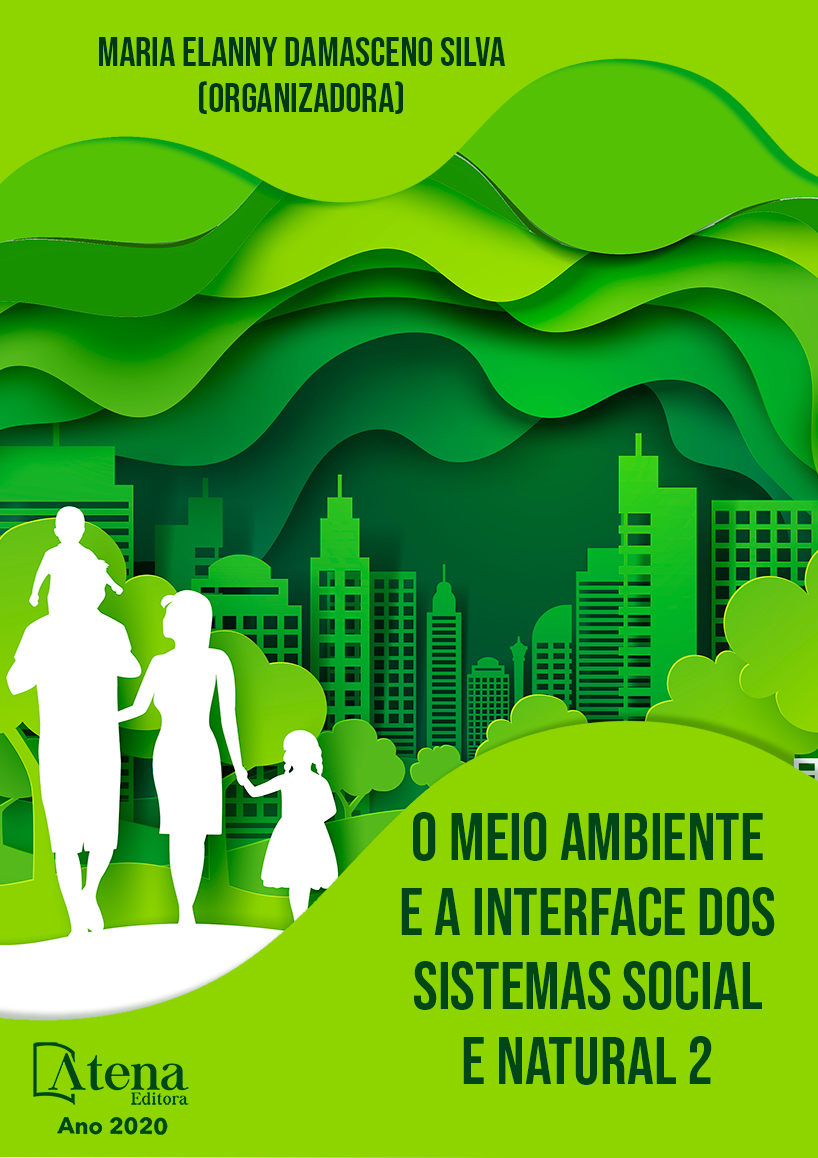
PLANTAS E SEUS USOS: O CONHECIMENTO TRADICIONAL DE UMA COMUNIDADE RURAL NA CAATINGA
As interações entre homem e natureza são realizadas há tempos, caracterizando inclusive a forma de subsistência do ser humano. Moradores de comunidades tradicionais, como as que estão localizadas em zonas rurais, possuem um maior contato com esses elementos naturais, estabelecendo conhecimentos e repassando através das gerações. Dentre estas relações está o uso de plantas para fins medicinais, alimentícios, madeireiros, fonte de combustível, dentre outros. O objetivo deste trabalho é identificar o conhecimento da população de uma comunidade rural sobre plantas nativas e seus diferentes usos. O estudo foi realizado em uma comunidade rural chamada “Sítio Itans”, localizada no município de Iguatu, Ceará, Brasil, onde foram entrevistados 17 moradores indicados como informantes-chave. Estes elencaram um total de 58 espécies de plantas, sendo a maioria pertencente às famílias Fabaceae e Anacardiaceae. Maior parte dos indicados foram do sexo feminino (10), sendo este grupo responsável pelo maior número de espécies citadas, como também foram as que indicaram mais plantas de uso medicinal. O grupo de entrevistados do sexo masculino representou de modo exclusivo as citações de plantas de uso madeireiro. Além disso, o número maior de citação de espécies e seus usos teve relação com a ocupação dos participantes. Por meio desse estudo, foi possível perceber a importância das relações diretas, entre o homem e objeto, na formulação de conhecimento, tendo em vista que houve uma demonstração considerável de saberes relacionado à flora local, como também tendências relacionadas ao gênero das pessoas e suas atribuições históricas e culturais.
PLANTAS E SEUS USOS: O CONHECIMENTO TRADICIONAL DE UMA COMUNIDADE RURAL NA CAATINGA
-
DOI: 10.22533/at.ed.78420100821
-
Palavras-chave: Etnobotânica; Plantas medicinais; Comunidades tradicionais
-
Keywords: Ethnobotany; Medicinal plants; Traditional communities
-
Abstract:
The interactions between man and nature have been taking place for a long time, including the way of human subsistence. Residents of traditional communities, such as those located in rural areas, have a greater contact with these natural elements, establishing knowledge and passing it on through the generations. Among these relationships is the use of plants for medicinal, food, timber, fuel sources, among others. The objective of this work is to identify the knowledge of the population of a rural community about native plants and their different uses. The study was carried out in a rural community called "Sítio Itans", located in the municipality of Iguatu, Ceará, Brasil, where 17 residents were interviewed indicated as key informants. These listed a total of 58 species of plants, the majority belonging to the families Fabaceae and Anacardiaceae. Most of the nominees were female (10), this group being responsible for the largest number of species mentioned, as well as those that indicated more plants for medicinal use. The group of male respondents exclusively represented quotes from plants for wood use. In addition, the higher number of species and their uses was related to the occupation of the participants. Through this study, it was possible to perceive the importance of direct relationships, between man and object, in the formulation of knowledge, considering that there was a considerable demonstration of knowledge related to the local flora, as well as trends related to the gender of people and their historical and cultural attributions.
-
Número de páginas: 13
- Mikael Alves de Castro
- Ana Carolina Sabino de Oliveira
- Sabrina Silva Oliveira
- Marlos Dellan de Souza Almeida
- Jefferson Thiago Souza
- Mychelle de Sousa Fernandes


